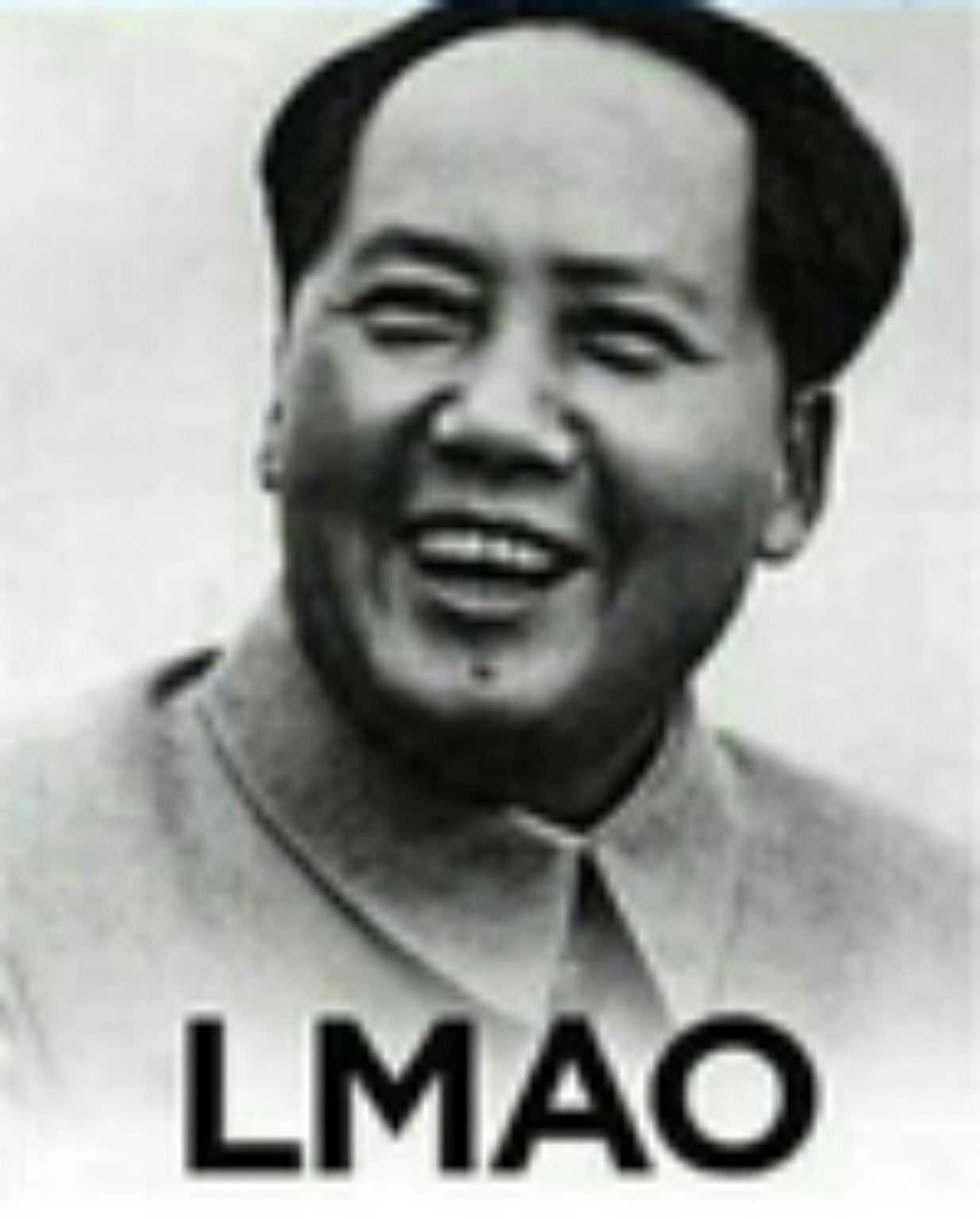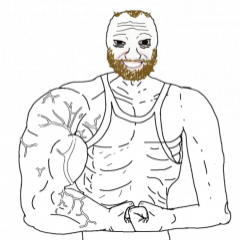-
Posts
191 -
Joined
-
Last visited
Everything posted by _Seb1
-
finally a jailbreak for iOS version 11.4.1 was dropped by Electra. Finally my iPhone is jailbroken.
-
Uh nu Lord alucard just visited my profile. Sup m8
-
Mac Gaming?
-
There are tons of hacks/cheats/mods whatever want to f***ing call it and tuts tools discussions support and codes talks gaming on pc and consoles and so on.. But anything I can find on the frnt page is about pubg. PUBG here ohh dlg list here mod menu there toggle features of ipa for jailed devs on pubg Bla bla bla make an own aite for that ffs.
-
-

-

S3x t2e frontp4ge @Ted2
-










